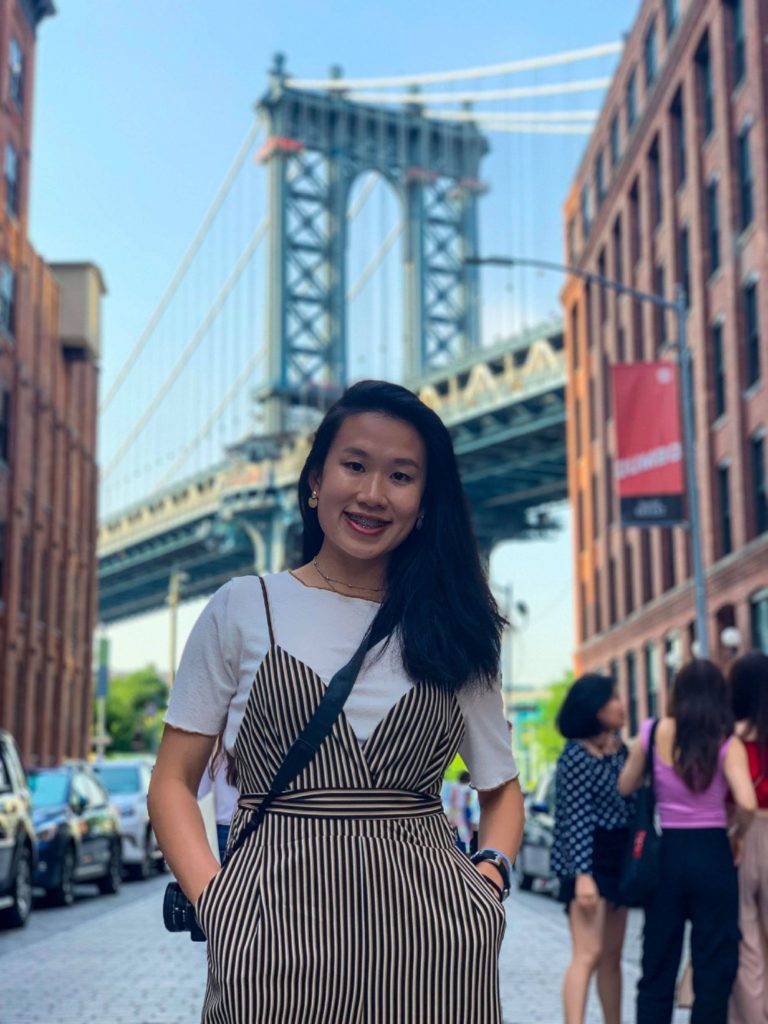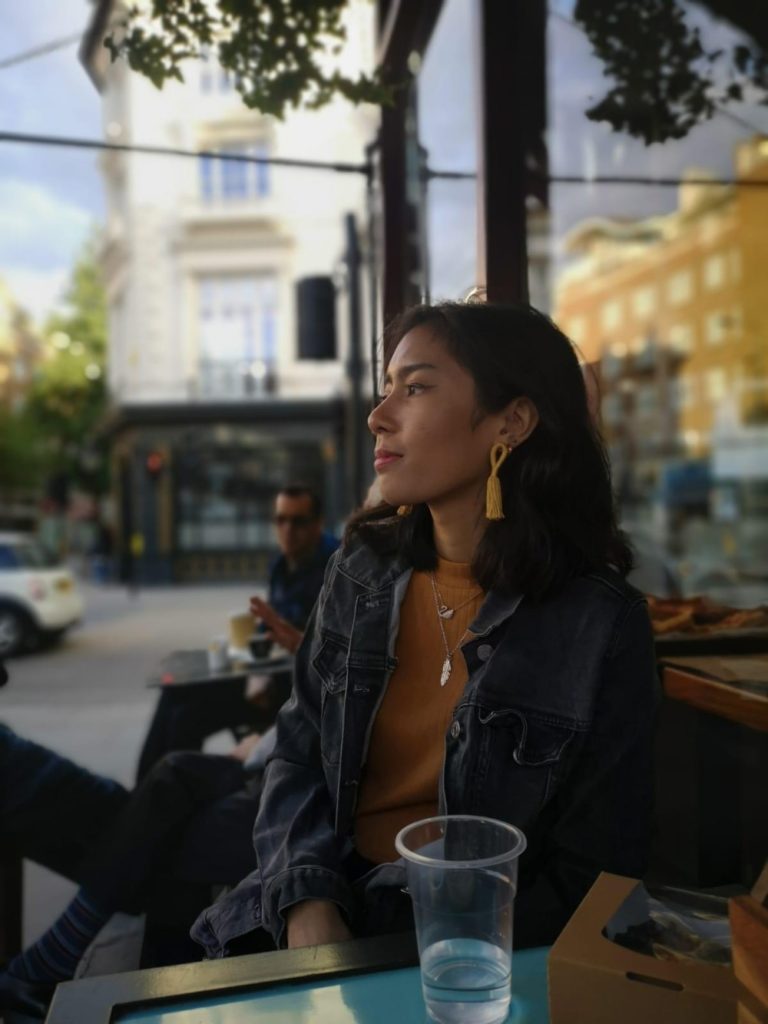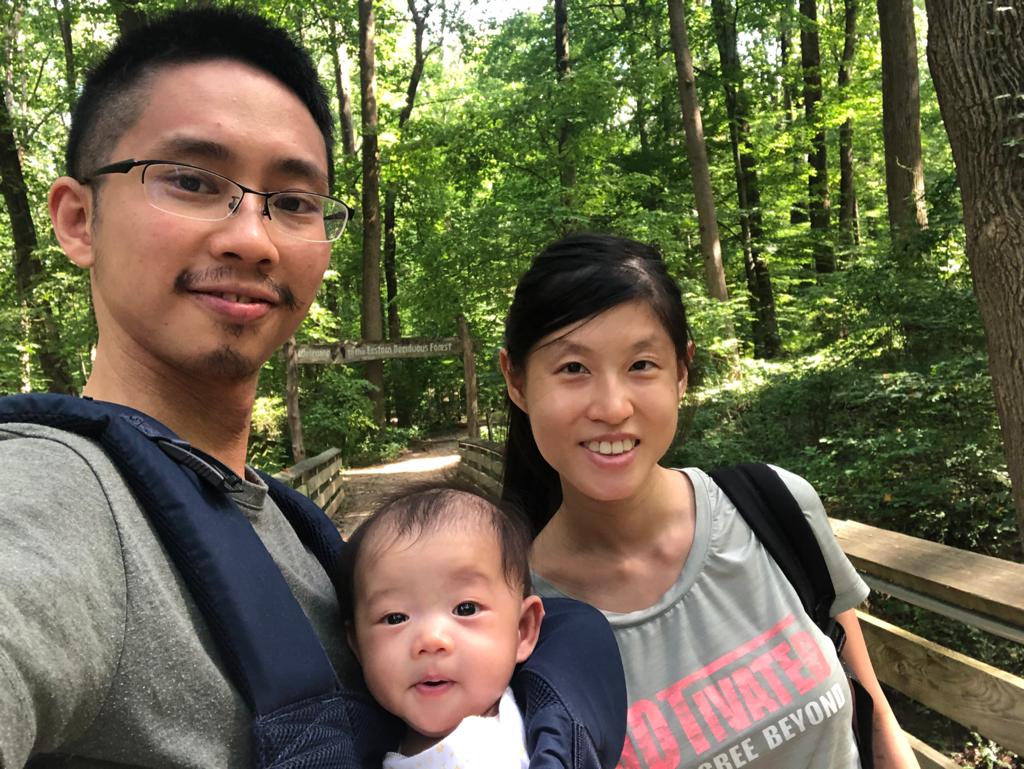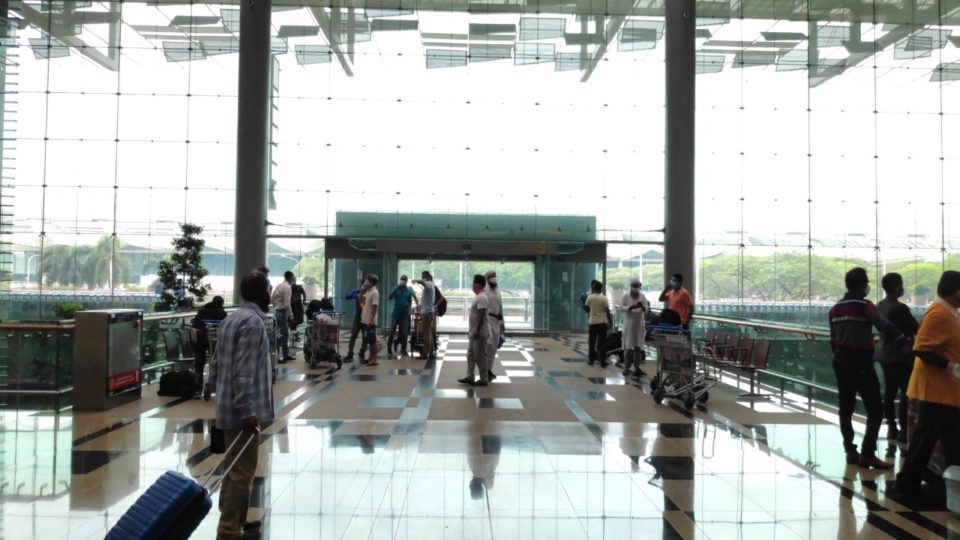Two weeks ago, Shirlyn Sia flew out of Singapore to pursue a master’s degree at the University of Texas, Austin. Despite the severity of the COVID-19 situation there, 26-year-old Sia decided to make the move.
“I did consider deferring my enrollment, but I was awarded a scholarship by my current institution, and they did not offer the option to defer the scholarship,” she told Coconuts Singapore, a week after heading off to the third hardest-hit American state, where roughly 2% of all Texans have been infected.
Sia is among Singaporeans who have made the difficult decision to leave the city-state’s relative security – its infection rate is about half that of Texas and mostly contained to worker housing projects – for countries with higher numbers of COVID-19 cases in the middle of a global pandemic.
She was among four Singaporeans to open up to Coconuts Singapore about the anxiety of boarding long flights at the height of pandemic panic, whether it would be taken seriously in their new homes, and why they decided to do it anyway.
Sia described the anxiety of having to fly round trip between Texas and Singapore in June, when the outbreak was peaking in Austin. She had been working as a researcher in Texas prior to enrolling in the university’s Health Science Center, but had to return to Singapore for two months to apply for a new visa.
“Traveling [was] a nightmare at this point, especially because I was in the plane in close proximity with others for over 10 hours,” she said of the flight back to Singapore.
She was mainly concerned with infecting her family members in Singapore. But that was put to rest after learning about the regulations in place, such as mandatory stay-at-home notices and swab tests.

Moving back to the states was also stressful. Despite opting for the route with the fewest layovers, the trip spanned 26 hours with stops in Narita, Japan, and San Francisco. The stress from traveling long distances was worsened by the possibility of catching the virus during travel, especially with the crowds and lack of safety precautions at some airports.
“Moving back to the States was harder as the airports were packed, and there [were] no mandatory quarantine or testing, so there was no way to know for sure if I am infected,” she said.
The U.S. State Department by then had banned entry to travelers who have been to China, Iran, Brazil, and most of Europe in the past 14 days, with the exception of citizens, permanent residents, and their families. Incoming travelers from other parts of the world, such as Singapore, were not required to undergo testing or quarantine.
“COVID made it more stressful as I had to be very mindful of what I am touching, making sure I am cleaning my surface areas, such as the tables in the planes before I eat, and trying to social distance from others in the airport and plane to reduce the chance of catching the virus,” she added.
Reflecting on her decision to move, she said: “I wouldn’t say I regret it as my options were limited, but it was extremely stressful for me.”
While there is no data on the number of Singaporeans who have moved overseas during the pandemic, a government agency which coordinates with citizens abroad told Coconuts Singapore they are still taking up jobs internationally.
“Based on queries we get daily, there are definitely still Singaporeans taking up jobs overseas,” the Singapore Global Network, or SGN, said in a statement. “Some do still contact us about travel policies and tests that they may need to take before flying overseas to start their new roles, and some have asked about how they can stay updated about the latest developments.”
SGN communicates with overseas Singaporeans through its online network of around 80,000 people, which also includes their friends and families. The network is a division of the Economic Development Board and fosters ties with citizens abroad or foreigners considering to reside in Singapore.
London calling
Nurul Asyiqin Binte Radzuan, 23 and a recent Glasgow University graduate, moved to London in June to start an internship before taking a full-time job at a pension consultancy around 60 miles away in Winchester.
She was offered the position late last year and had to be in the country when she switched to a work visa several months before starting the job. So she decided to fill her time with the internship.
“I was told by my grad offer that when I apply for the visa, I should be in the U.K. (which I applied for about two months before I started the offer), so I planned my summer and internship along that,” she wrote to Coconuts Singapore.
Nurul Asyiqin was not as concerned as Sia when deciding to move. But she did confess to panicking about COVID-19 when outbreaks began to sprout across the globe in March.

“The only time when I was really panicking about the situation was in March when it all broke out,” she said. “We got an email from the Ministry of Foreign Affairs about students flying back to Singapore. But right now, especially seeing the number of cases in the U.K., and especially in London, I’m not as concerned about it.”
The U.K. has so far been spared from the second wave of COVID-19 infections ravaging some of its European counterparts. In Romania, the rate of positivity in testing is at 6.2% is the highest in the continent and orders of magnitude higher than the United Kingdom’s 0.5%.
More than 300,000 cases have been reported since the outbreak began there in late January, but the anxiety seems to have settled down, according to Nurul Asyiqin.
“It just seems like life’s gone back to normal; it’s just that everyone’s wearing a mask, that’s it,” she said.
But she fears that the situation may change for the worse in September when international students return, and workers head back to the office.
“In London, especially with most people working from home, right now, isn’t as populated as it was,” she said. “My main issue is when September comes when all the international students start coming in, and all the offices start opening up to allow people to start working from the office, so September is when I’ll be the most concerned.”
Pandemic childbirth
In March, 32-year-old Gabriel Zhou quit his job as a data scientist at a bank in Singapore to be with his wife, Eirene Koh, 29, in Baltimore, Maryland, where she had been attending John Hopkins University since January.
Koh was pregnant when she moved but the virus had yet to reach Baltimore at the time. So she made the move more afraid of the crime she associated with the city from television series.
“Speaking of dangerous, it’s more of the crime rate and the guns,” Koh said. “When we were telling people, they were asking why Baltimore, it’s so dangerous, so many drugs. If you search Baltimore on Netflix, there’s a lot of drug-related content.”
The couple had contemplated whether it was better for Koh to give birth in Singapore but ultimately decided to remain in Maryland.

“I decided to give birth in the U.S. as I was afraid my maternal instincts would not let me leave my daughter in Singapore and fly to the U.S. to pursue my studies,” she told Coconuts Singapore. “I would also like to breastfeed her as much as possible.”
To help Koh settle down, her husband followed her to Baltimore before returning to Singapore for work. He flew back in April after quitting his job to be with his family.
Returning to Baltimore in April was difficult as airlines had begun canceling flights due to a rising tide of travel restrictions.
“I booked with four different airlines,” Zhou said. “In the end, I brought forward my (departure) date, and my boss was very understanding. I left with 3 or 4 days of notice.”
Traveling amid the height of the pandemic was worrying for Zhou, but he felt safe after seeing that precautions were taken seriously. He also recounted being reprimanded by a local for standing too close on a bus.
“When I took a public bus to come to Baltimore, everyone wanted to safe distance. They sprayed bleach on their chairs to make sure it was clean,” he said. “Then one guy scolded me because I was too close to him, he said you should be at least 2 seats apart.”
It was a sense of fear he found reassuring.
“I was very taken and very comforted by all of these actions,” he added. “This means that people are generally afraid and that’s good when people are afraid.”
Other stories:
Drawing the line on political cartooning in Singapore
Loving outside the lines, Singapore’s interracial couples break down racism and division




